Built of oak, ebony veneer, mahogany, elm burl, copper, gilded bronzes and marble.
Three trouser drawers adorn this piece of furniture as well as a secret drawer on the front.
We find the same chest of drawers in the work of Sylvain Cordier: Bellangé, ébénistes une histoire du Taste au XIX siècle, Paris, 2012, p. 508
Sylvain Cordier, The Bellangé family, cabinetmakers in Paris from the Revolution to the Second Empire, Doctoral thesis, Paris IV, September 2009.
This chest of drawers opens with two leaves in the lower part surmounted by a flap revealing a writing desk decorated with four drawers.
The dark color of the wood is softened by fine copper marquetry with foliage and scroll patterns which develop harmoniously throughout the structure.
The important ornamentation of gilded bronzes consists of two caryatids highlighting the uprights, palmettes and wands.
Son of Pierre-Antoine Bellangé (1757-1827), official supplier to the Empire then the Restoration, Louis-Alexandre succeeded his father at the head of the family workshop in 1825.
He participated in exhibitions of "products of the 'Industrie' of 1827, 1834 and 1839, asserting himself 'as one of the first cabinetmakers of his time and one of the masters of historicist taste expressed in furniture decor'. His production, over a period of forty years, is characterized by two principles: the persistence of the Empire aesthetic, inherited from the publications of Percier and Fontaine, and the introduction of an ornamental aesthetic drawn from national history whose references seem to have been drawn from works in the Revoil collection, which entered the Royal Museum in 1828.
Bellangé became interested in this new iconographic vocabulary in 1827 during its first presentation at the exhibition of industrial products.






























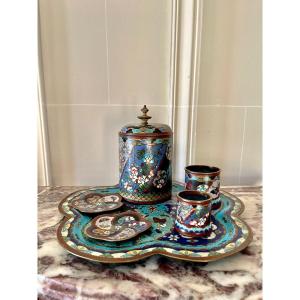
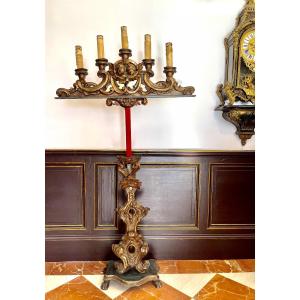
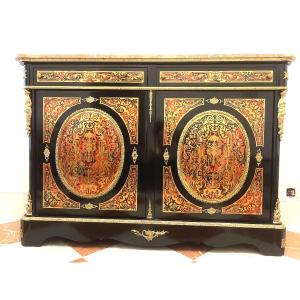
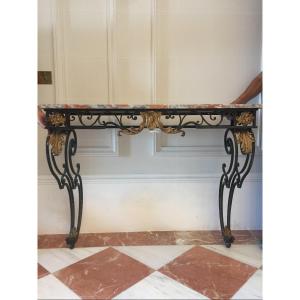
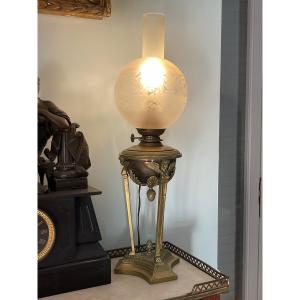
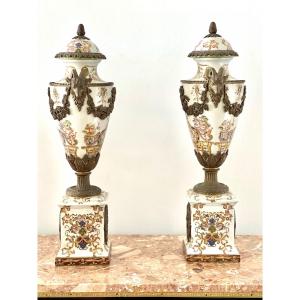




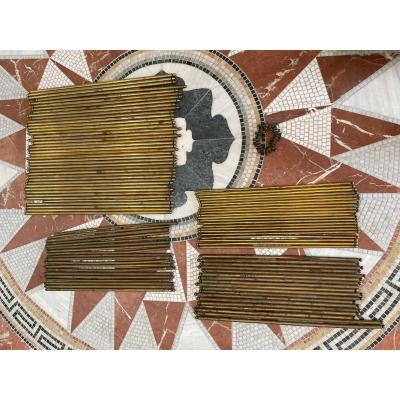
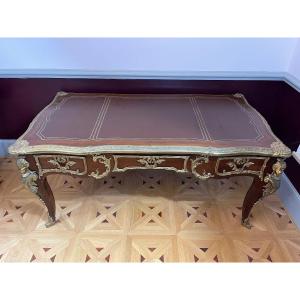
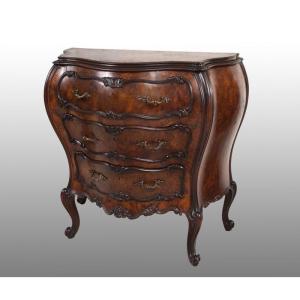
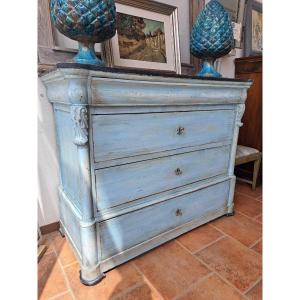


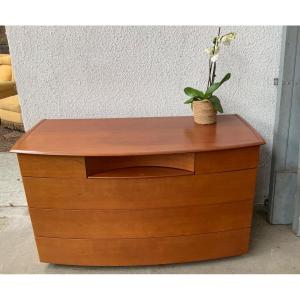



 Le Magazine de PROANTIC
Le Magazine de PROANTIC TRÉSORS Magazine
TRÉSORS Magazine Rivista Artiquariato
Rivista Artiquariato